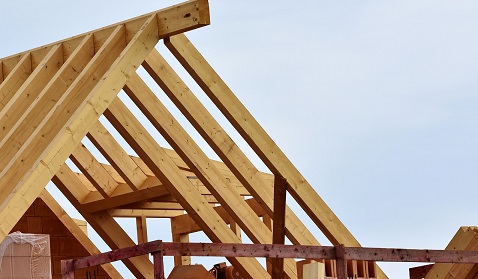Place-based initiatives are the key to meeting the growing demand for housing in the bush, the Regional Australia Institute says.
New research by the RAI released last week suggests the influences driving regional housing markets differ markedly, a fact not always fully appreciated by policymakers, industry and regional leaders.
RAI CEO Liz Ritchie said the research found blanket policies introduced to incentivise construction within stalled markets could exacerbate land-supply pressures in the more active growth zone markets.
“It means some of the record 84,000 regional jobs advertised cannot be filled because there are not enough houses,” she said.
“Failure to recognise the distinct regional housing markets in Australia and respond accordingly will see the current pressures continue to escalate.”
The report, Building the Good Life: Foundations of regional housing, examined six diverse housing markets encompassing 396 local government areas.
The markets were classified as “stalled” (Narrabri, Charters Towers), “volatile” (Carnarvon, Murweh), “stable” (Launceston, Richmond Valley), “coastal” (Rockingham, Livingston), “growth zone” (Newcastle, Redland) and “most expensive” (Sydney, Melbourne).
Census data analysed by the institute has shown that in the decade to 2020 the population of regional Australia grew by an average of 76,500 people a year.
There was an opportunity to reshape regional settlement to ensure cities and regional areas shared equal opportunities and living standards, particularly regarding health, education and careers.
“We need to ensure that liveability standards remain high,” Ms Ritchie said.
“We’ve got to be much more targeted when it comes to regional Australia. People will choose to live in the places they love as long as the settings are right for their career to continue.”



